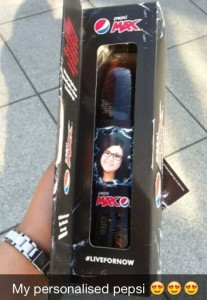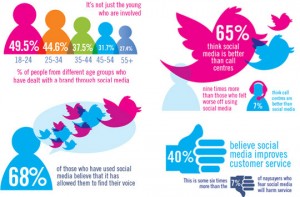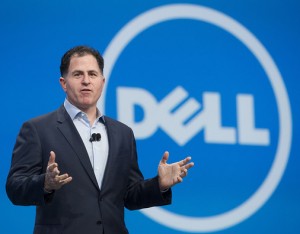Like any other fizzy drinks, Coca-Cola’s POP is a refreshing beverage with a sparkling taste. But what makes Coca-Cola stand out from its competitors? The answer is its USP, which emphasize on originality to win customers.
Coca-Cola’s latest campaign, “Share a Coke”, has been a very successful marketing tactic. Everyone has a touch of narcissism, and would not refuse something with their name on it. This strategy encourages customers to purchase not the Coke, but the personalized bottle. To boost sales even more, Coca-Cola emphasizes on “sharing” the Coke with our loved ones to encourage us to purchase not just one but many bottles. Coca-Cola even toured to meet customers and distribute customized cans. Some people will also share their excitement of this experience on social networks and indirectly advertise the Coke. According to me, this strategic move has been inspired by Starbuck’s personalized drink services and the success of its publicity.

Proudly sharing a photo of my customized Coca-Cola can to my friends

My friend responding with a picture of a similar product: her personalized Pepsi bottle
Pepsi, Coca-Cola’s main competitor, has also used this tactic with a bit of a twist. After showing to a friend from UK my customized Coca-Cola can, she sent me a photo of her Pepsi bottle with her picture on it. Pepsi has benchmarked Coca-Cola’s strategy and became first-mover in its industry, with the aim of reducing Coca-Cola’s competitive advantage. Because of the vast variety of products available on the market, businesses need to find ways to create brand preference. Pepsi uses a lot high-technology promotion strategies to impress its target audience and tries to show that they are the modern Coca-Cola. Pepsi also employed other methods to reposition their competitor, but I feel that they have been unsuccessful since Coca-Cola still maintains its leading position, even after decades. This shows how Coca-Cola has been able to get on top of the ladder in people’s mind and can now maximize potential benefits.





